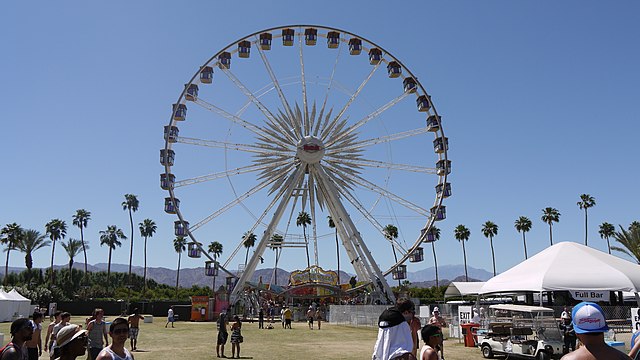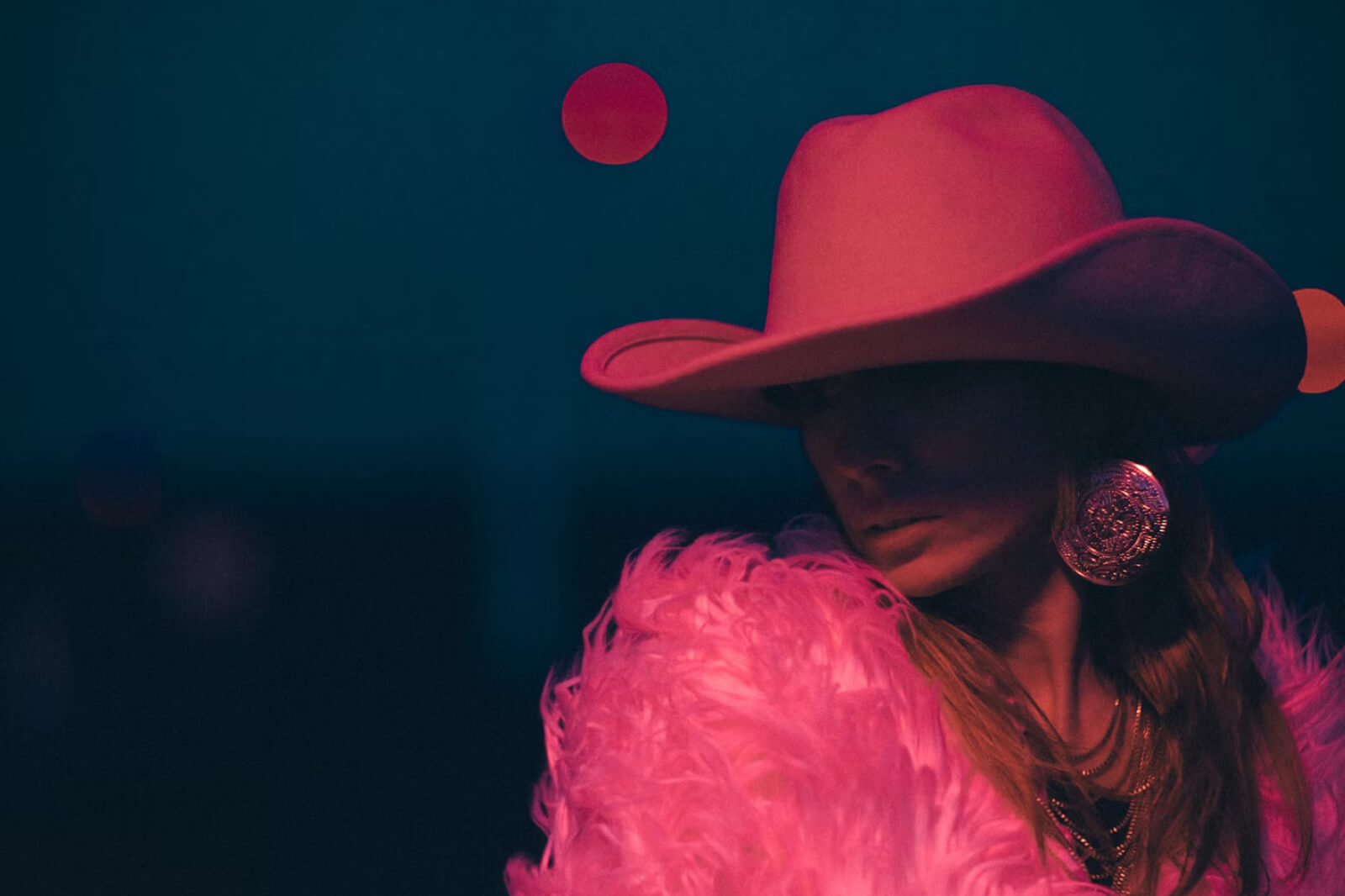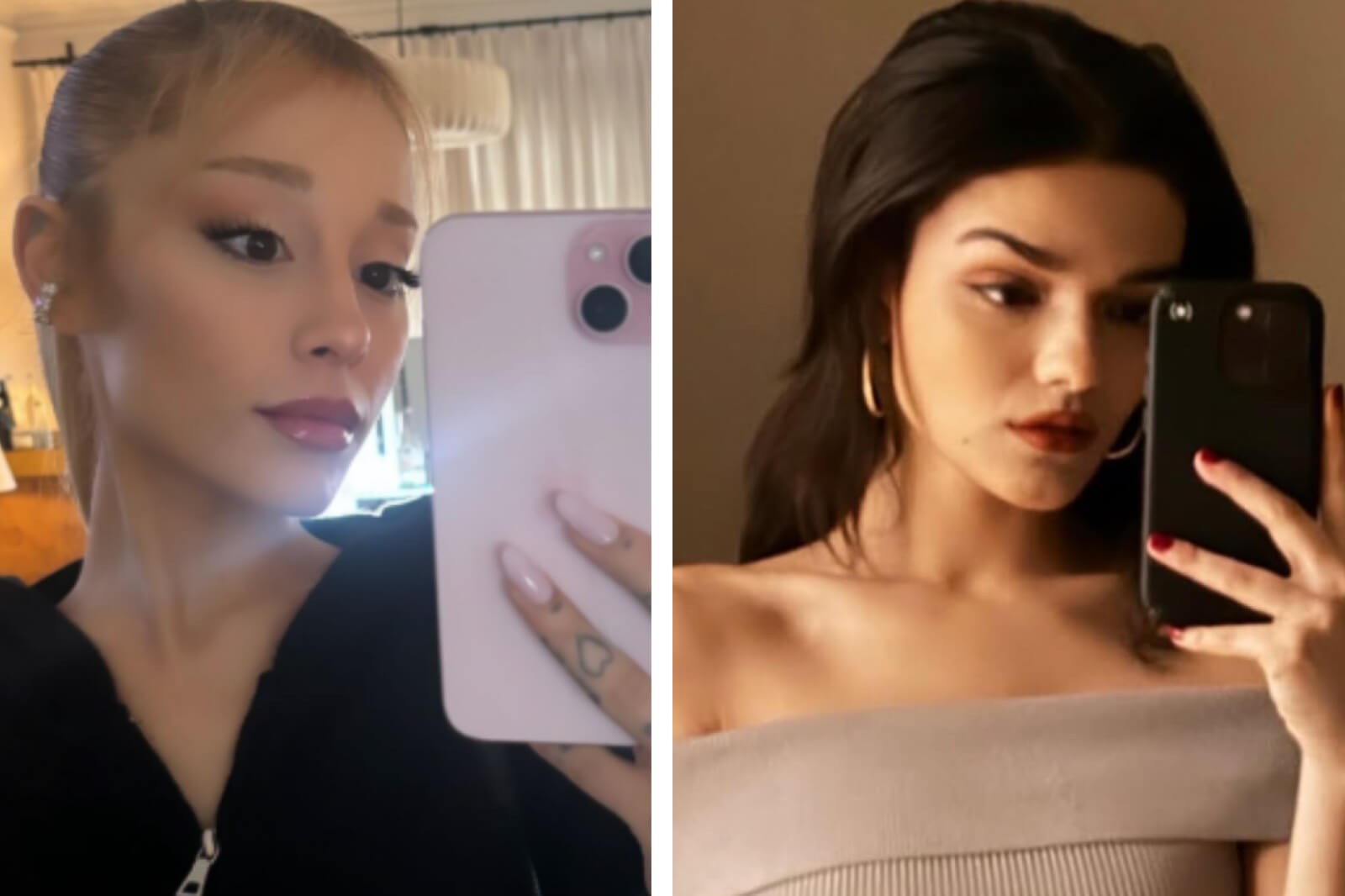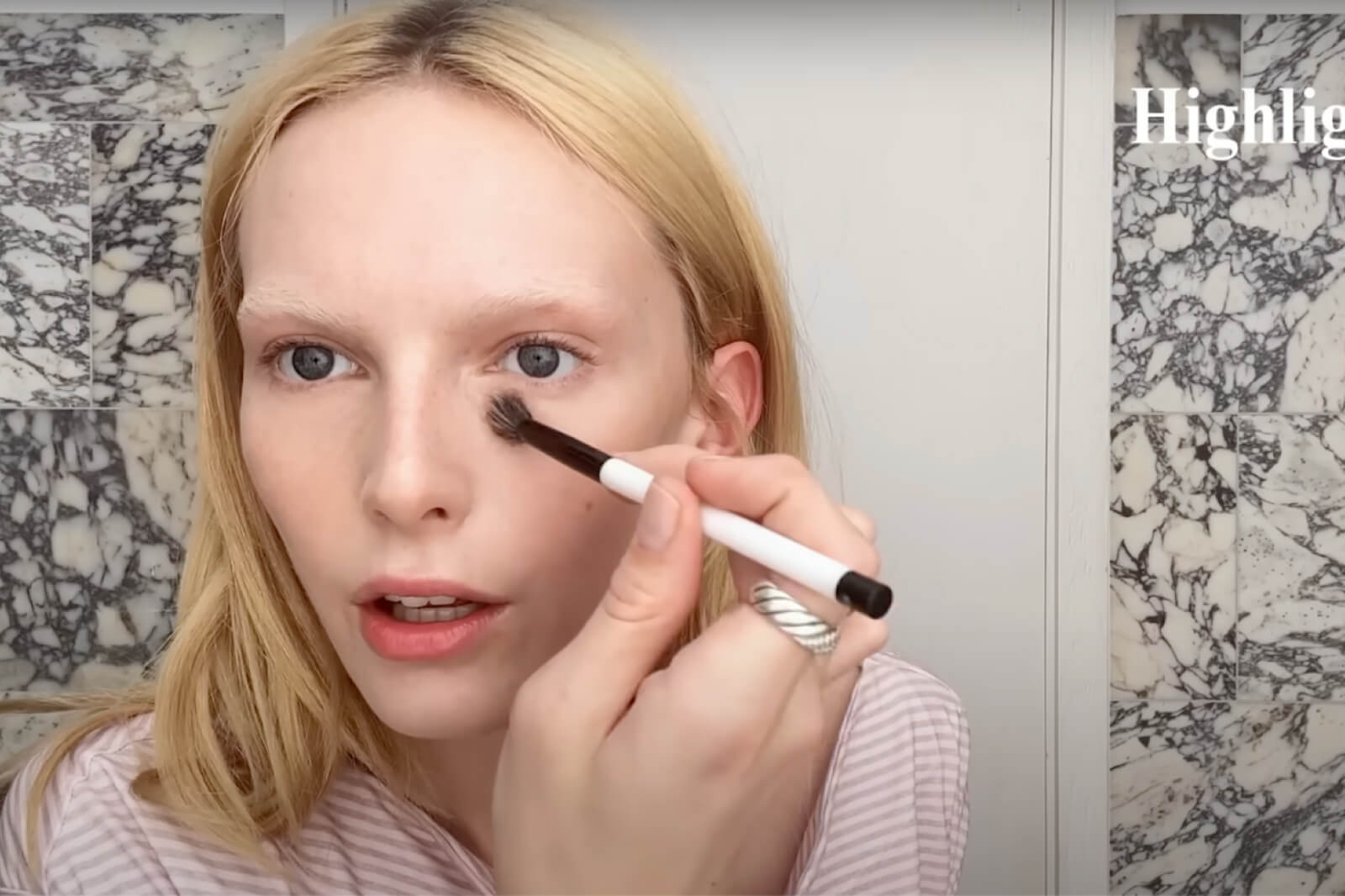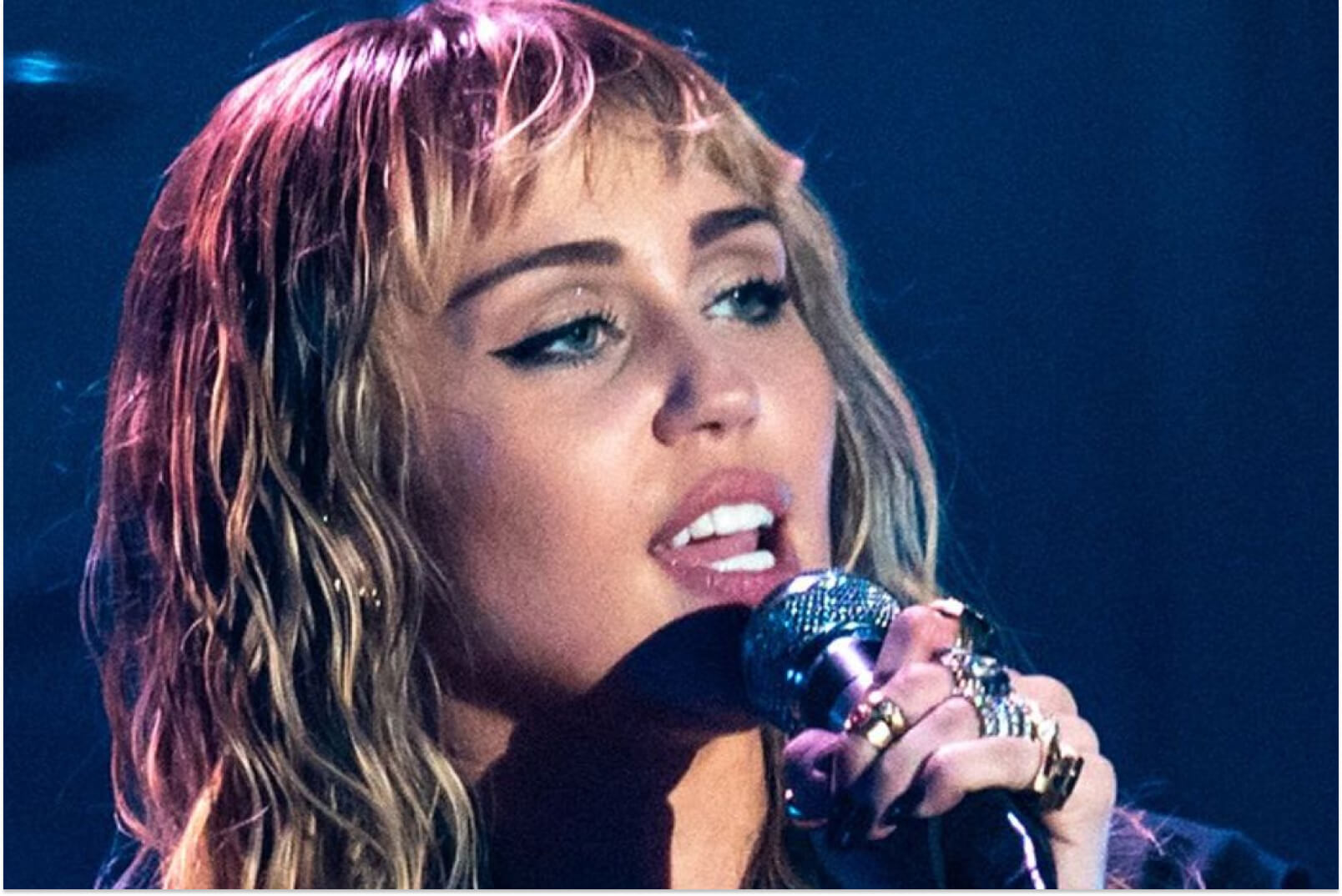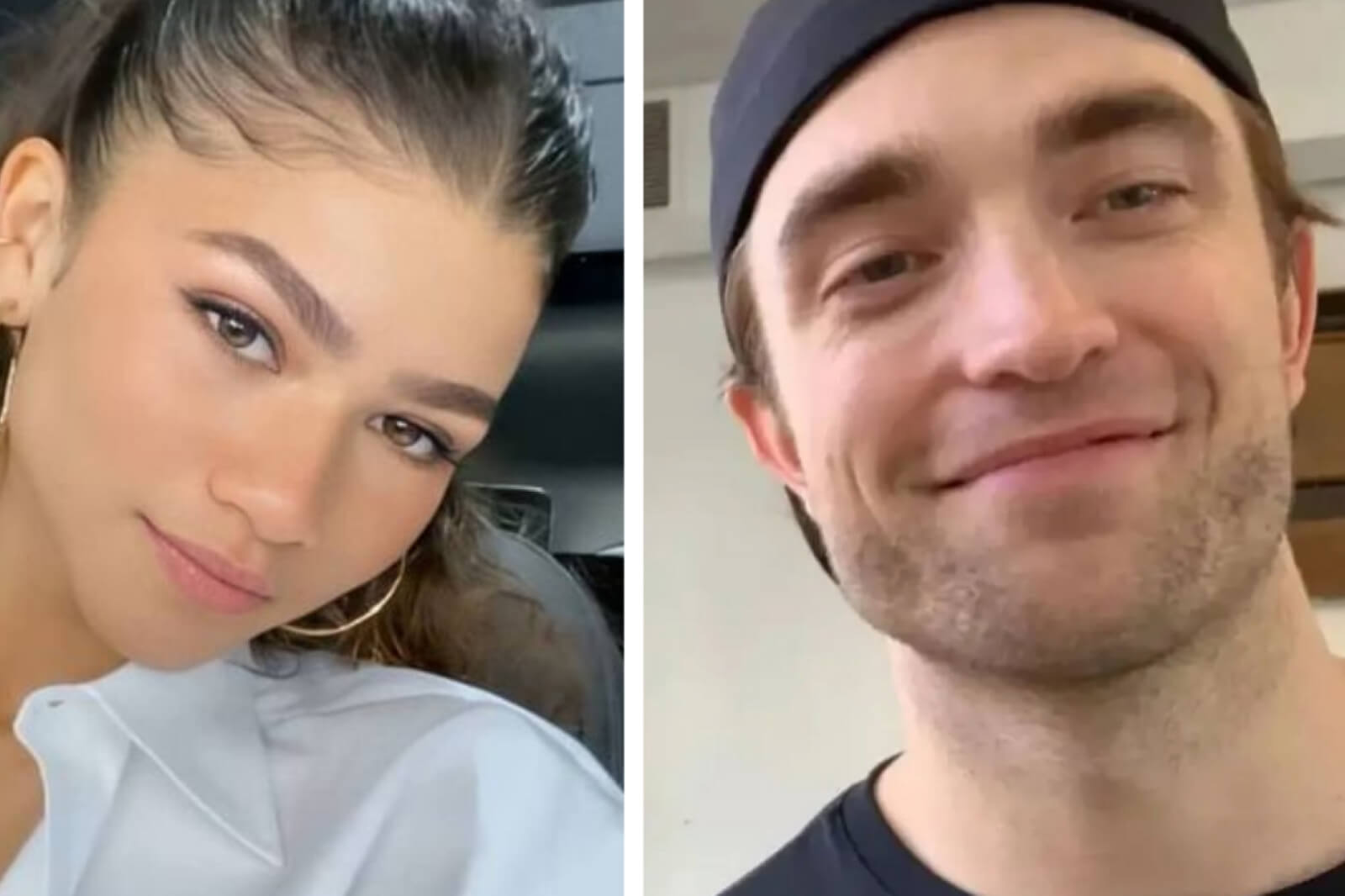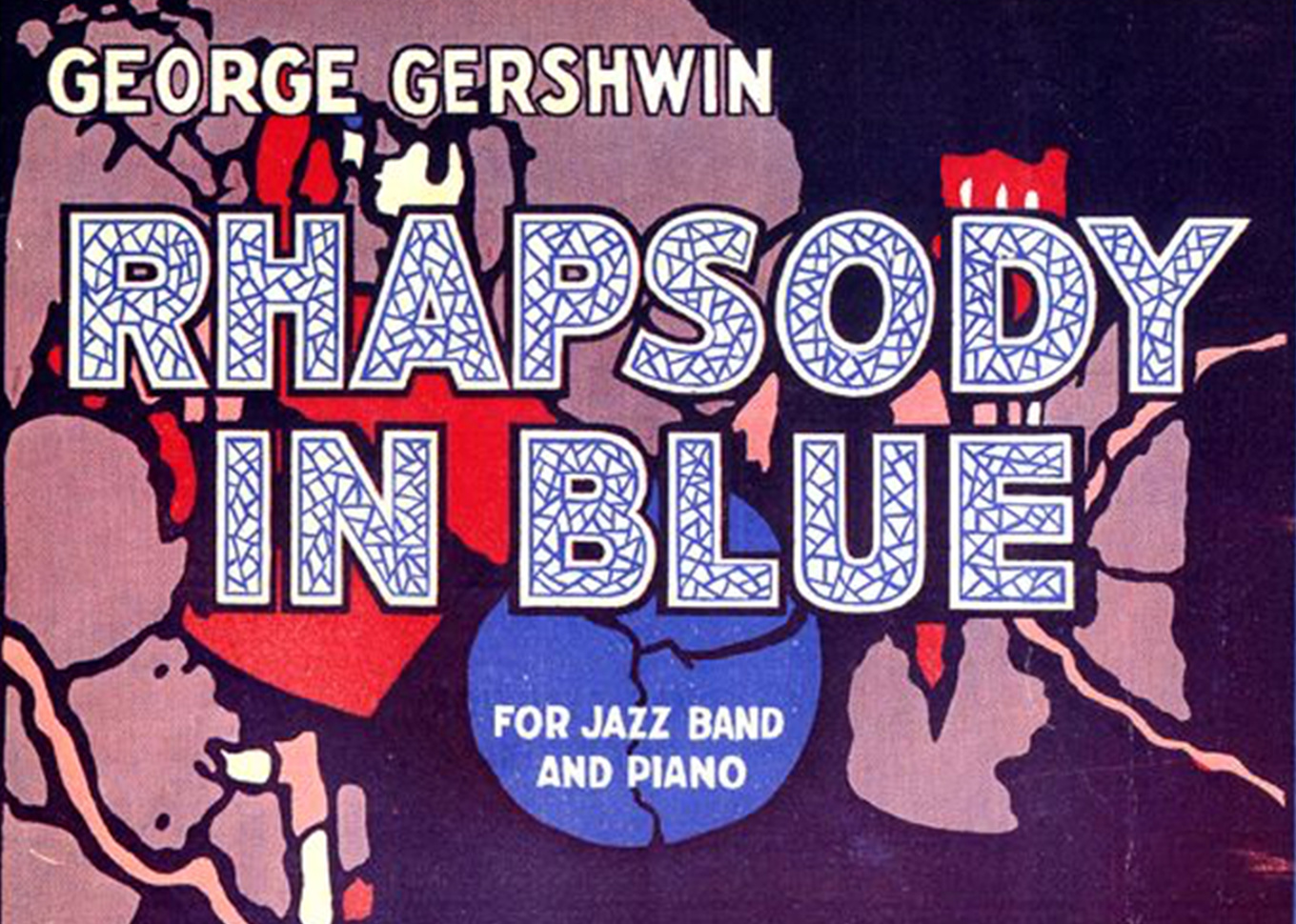
January 1, 2020 marks 95 years since George Gershwin composed “Rhapsody in Blue.”
In accordance with general U.S. copyright law, the composition will enter public domain, available for all individuals who wish to use the song in their own creative works. “The goal of copyright is to promote creativity,” writes Balfour Smith, program coordinator of Duke’s Center for the Study of the Public Domain. “Copyright law gives authors important rights that encourage creativity and distribution. But it also ensures that those rights last for a limited time, so that when they expire, works can go into the public domain, where future authors can legally build upon their inspirations.”
Except if you’re a rapper. If you’re a rapper, then the Gershwin family wants you to keep your hands off “Rhapsody in Blue.”
With hundreds of books, films, novels, songs, and visual art entering the public domain on January 1, we’re forced to remember that the legacy of some of those artists (partly defined by their surviving family members) are in great discordance with today’s political culture. Namely, Gershwin’s jazz masterpiece, which debuted at a New York concert in 1924, was apparently fit to be used in (alleged sexual abuser) Woody Allen’s Manhattan and even United Airlines’ safety instruction videos, but the Gershwin family originally wanted to extend their copyright ownership for another 20 years in order to (aside from receive millions in royalties) maintain creative control.
Gerswin’s nephew told The New York Times, “We’ve always licensed [Gershwin’s opera] ‘Porgy and Bess’ for stage performances only with a black cast and chorus. That could be debased. Or someone could turn ‘Porgy and Bess’ into rap music.”
Aside from the cultural elitism behind that statement, it’s historically nonsensical. As Smith recounts on his blog, it’s obvious to anyone at all familiar with jazz that the genre largely draws from the same history as rap music: “The work of the Gershwin brothers drew on African-American musical traditions. What could be more appropriate?” In fact, “Rhapsody in Blue” draws from blues, jazz, and ragtime, as well as Jewish musical history and European impressionism. Smith points out another sharp response: “When [someone] laments that George Gershwin’s ‘Rhapsody in Blue’ will soon ‘fall into the public domain,’ he makes the public domain sound like a dark abyss where songs go, never to be heard again. In fact, when a work enters the public domain it means the public can afford to use it freely, to give it new currency… [public domain works] are an essential part of every artist’s sustenance, of every person’s sustenance.”
Gate-keeping art is just a holdover from the inherently unequal and exploitative power structures that have always defined popular culture.
Describing “Rhapsody in Blue,” George Gershwin said, “I heard it as a sort of musical kaleidoscope of America, of our vast melting pot, of our unduplicated national pep, of our blues, our metropolitan madness.” Gershwin aimed to capture the disparate musical traditions found all over America as a celebrity of diversity. He talked about his music having a “spirit” and a “soul,” and his aim, always, was to invigorate people with its energy. “I’d like my compositions to be so vital that I’d be required by law to dispense sedatives with each score sold,” he once said.
As of January 1, 2020, at least his family’s prejudice can’t stop anyone who wants to share that soul from doing so.
Rhapsody In Blue: Gershwinwww.youtube.com
- Woody Allen, Dylan and Ronan Farrow, and the Meaninglessness of #MeToo – Popdust ›
- Were Employees Right to Walk Out on Woody Allen’s Memoir? – Popdust ›
- Is it in the Public Domain? 2020 Intellectual Property Speaker Series … ›
- New Copyrighted Works Entering the Public Domain in 2020 | The … ›
- A Handful Of Pulp Classics Are Entering The Public Domain In 2020 ›
- These 1924 Copyrighted Works Enter the Public Domain in 2020 ›
- For the First Time in More Than 20 Years, Copyrighted Works Will … ›
- Public Domain Day 2020 | Duke University School of Law ›
